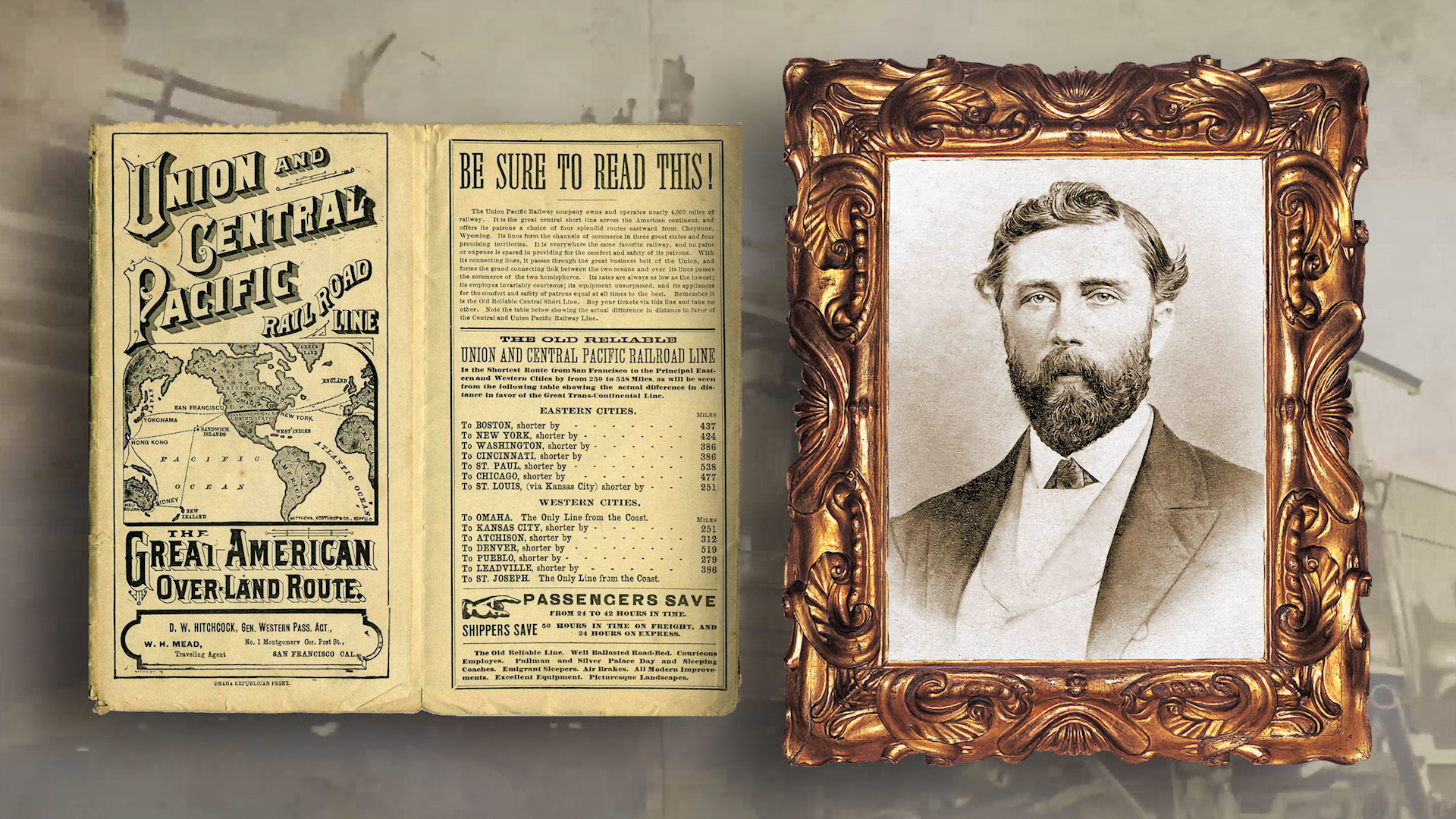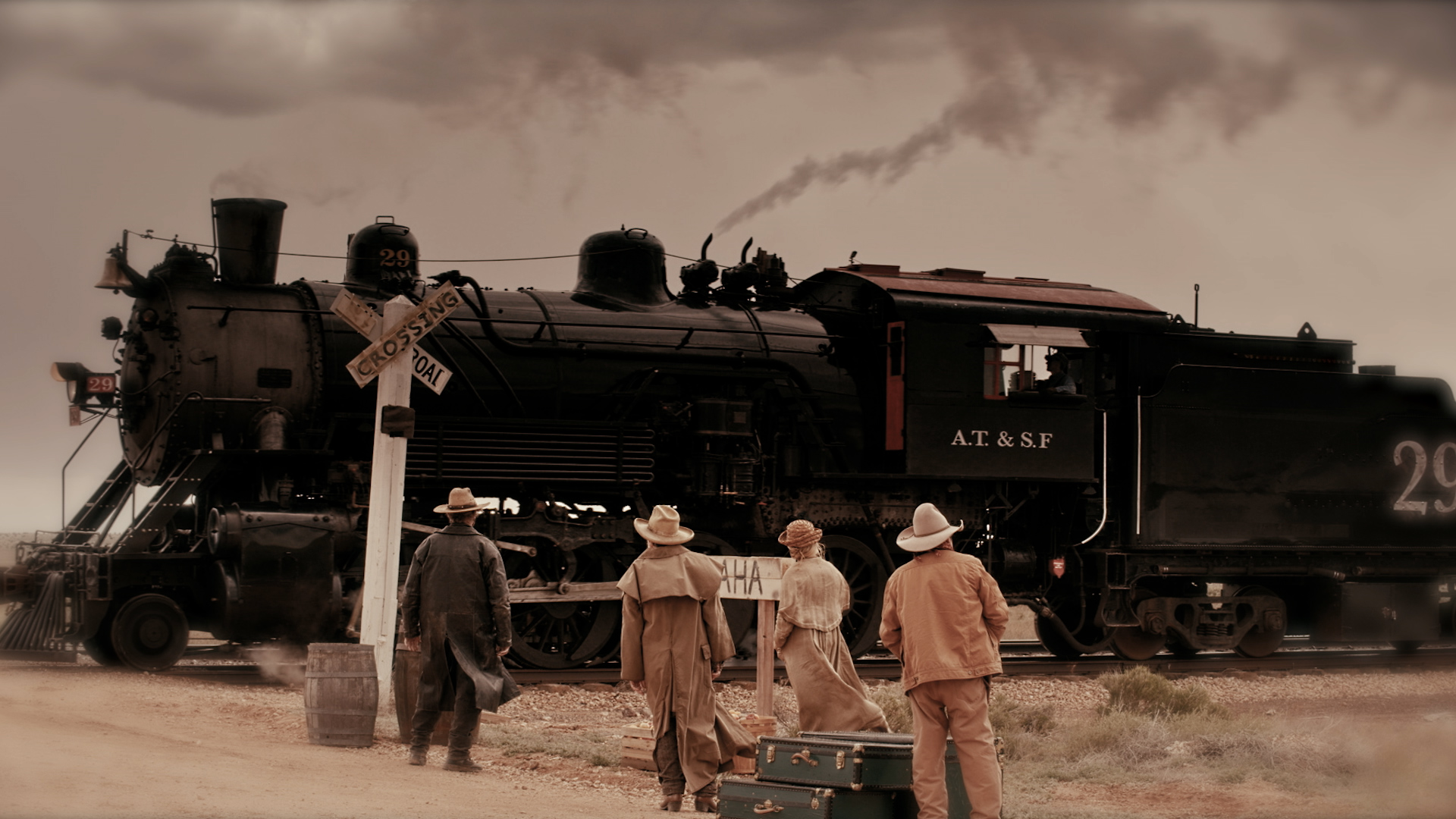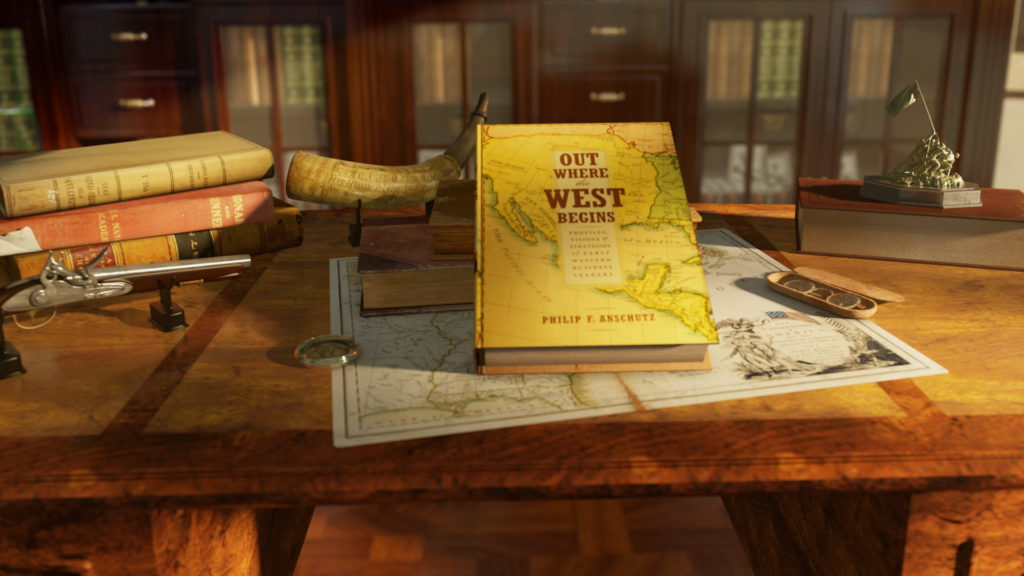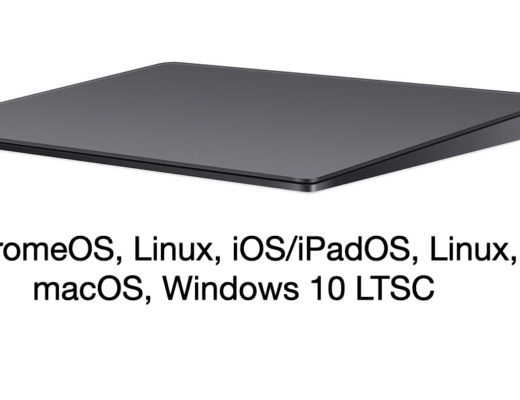Michael Buday has worked in the film industry for more than 30 years, editing everything from BBC documentaries to hit sitcoms to the MTV Movie Awards. As a freelance editor, Buday has always worked to understand the technology behind editing and has used almost every editing suite over the years. He helped launched high-definition television in the United States, online editing an episode of “Chicago Hope” for CBS that became the first prime time HD broadcast in 1998. And in 2007, Buday co-founded the high-tech startup Fuze to explore ways of advancing video collaboration.
Buday recently finished working with co-editor Victoria McGinnis and MacGillivray Freeman Films—the pioneering filmmakers behind some of the world’s biggest IMAX productions—and Discovery Channel on the four-part documentary “Out Where the West Begins”. The editorial team used Adobe Premiere Pro to combine still images, archival film, original footage, and visual effects to bring to life the American wild west.
We sat down with Buday to talk about his background as an innovative editor and why Adobe Premiere Pro was the best choice for this documentary.

Why did MacGillivray Freeman decide to use Adobe Premiere Pro for “Out Where the West Begins”?
Buday: I was brought onboard several months after post production began to help meet an aggressive deadline. It was MacGillivray Freeman’s first documentary series for television, and it was started in Premiere Pro. I previously worked on small projects in Premiere Pro but this was my first big one. There were multiple people working on the project so there were a lot of duplicated media references and recovered clips, making it very unwieldy. After several discussions with lead creative editor Victoria and the rest of the editorial team, and because of my software experience, I was elected to fix it.
I asked a friend for help and he put me in touch with the Premiere Pro development team. They not only got us on track, but they also put us on an early version of Productions, which saved us. We rebuilt the structure for the series using Productions and learned a lot along the way. We had as many as eight editors touching the project at the same time. At the end, along with the chief engineer, we decided to convert the whole company to Premiere Pro.
When you started using Premiere Pro in earnest, what did you like most about it?
Buday: Simply put, I don’t think we would have finished on time if it wasn’t for Premiere Pro.
One of the biggest challenges for this documentary series was the volume and variety of media. We had hours of dailies, from reenactments to interviews to landscapes. On top of that, we also had hundreds of hours of archival footage and thousands of archival stills. And the media was coming in all sorts of formats, from HD digital to clips from YouTube. The ability for Premiere Pro to handle all types of media without encoding was so critical for us. We could just drop media into a bin and start pulling it into a timeline.
With Avid, we would have had editors just standing by, waiting for encoding to finish. Yes, Avid has AMA linking, but in practice it’s far less robust and problematic if media is moved from its original location. We didn’t have time for that. We needed to just go. We tried to do as much as we could using Premiere Pro to maximize speed. We were getting changes up until the day we shipped, so we didn’t have the time to be encoding and jumping between solutions.

What else did you like about working with Premiere Pro on this project?
Buday: I appreciated that Premiere Pro could handle it all. We were originally planning to use Resolve for the color grading. But because of the massive time crunch and last-minute changes occurring daily there was no sense of picture lock, so we ended up using the Lumetri Color panel in Premiere Pro and it did a great job and was so much faster. We also did the final sound mixing in Premiere Pro.
We even created most of the visual effects in Premiere Pro. Out of the nearly four-hour run-time for the series, about three hours have visual effects in some form. Only about 30 minutes of it was done in After Effects. The rest was all done by the editors in Premiere Pro. It meant fewer shots that we needed to send to visual effects artists, which meant faster turnaround and faster changes. Our motto was that if you can do it in Premiere Pro, do it.
Viewers might be surprised to see so many visual effects in the series. Did the integration with Adobe After Effects influence the decision to work with Premiere Pro?
Buday: Absolutely. The synergy between Premiere Pro and After Effects was so important. “Out Where the West Begins” has tons of motions graphics. We manipulate still images, layer them, and turn them into animations. Since some of the older archival video elements were so low resolution, we decided to lean into the grainy feel and show the videos framed like they’re being projected onto an old theater screen with flickering light rays. We created effects nests that other editors could use to quickly recreate the theater motif with new footage.
We did what we could in Premiere Pro, but when we needed something more advanced, we went to After Effects. Dynamic Link is great, not just for After Effects but other Creative Cloud apps. Trying to work with Avid’s effect editor and multiple layers of effects is a lot more cumbersome, so the majority of our effects work would have been forced to other applications. It would have involved lots of time spent bouncing between apps and waiting for encoding—time we didn’t have.

Did you use any other Adobe Creative Cloud apps?
Buday: I played around with Adobe Audition a bit. We used it to clean up some of the audio on noisy tracks. The only problem with Adobe Audition is that not enough people are using it. When I actually opened it up, I was surprised at how powerful it is. I’d love to train all other editors on it and use it a lot more in future productions.
You’ve been in the business for a long time. How did you get your start in editing?
Buday: I started as an assistant editor for the BBC. I worked my way up to editor and then went independent. I worked for all of the top post-production houses in London, doing everything from government jobs and corporate work to documentaries and hit TV shows. After a few years of that, I moved back to the U.S. and started working in New York and Los Angeles for all major networks.
When you’re a freelance editor, you don’t have a lot of control over how you edit. You need to know every editing solution, otherwise you might find yourself getting really pigeonholed into one type of work. So I’ve always tried out new things. I worked as a consultant with Sony Broadcast for years to help them design their linear edit controllers and launch high-definition broadcasts of “Chicago Hope” and “The Tonight Show” back in 1998. That was back when maybe three people had HDTV, but it was the start of something new.
I also helped co-found the software company Fuze, working there until 2015. I was originally just looking for a way to do remote reviews and approvals with directors and producers so that I wouldn’t have to make that painful drive into Los Angeles so often. But it expanded and now it’s an enterprise communication and collaboration platform.
What’s the next editing project for you?
Buday: I’m still working with MacGillivray Freeman helping edit a new documentary series about the San Manuel Indian tribe in Southern California and a massive VR project. Since MacGillivray Freeman has moved entirely onto Premiere Pro, Productions is helping multiple editors work together much more smoothly. It’s great for everyone involved.
Read more about Productions in Adobe Premiere Pro.
Visit Michael Buday’s website.

Filmtools
Filmmakers go-to destination for pre-production, production & post production equipment!
Shop Now













